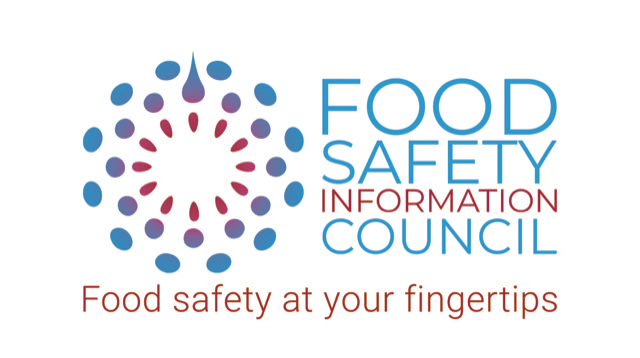
The Food Safety Information Council today issued food safety advice for consumers about how to be prepared for power outages.
Dr Scott Crerar, Council Chair, said that the Council has been receiving more and more consumer enquiries about what to do with food during recent emergencies such as cyclones, floods and bushfires.
‘Our thoughts go out to those affected by recent natural disasters. While we work with ABC Emergency to get food safety messaging out during emergencies we really urge Australians to be prepared as these events are becoming more frequent,‘ Dr Crerar said.
Here are our food safety tips for when the power is out:
Check the time. If your power has gone out your food will remain safe in your refrigerator for 2 hours. If it is longer than 2 hours, but less than 4 hours, you should use the food immediately. If it has been more than 4 hours, throw the food out.
Don’t keep opening. Resist the temptation to open fridge or freezer doors during the power cut unless you have to remove food to eat, check the temperature of the food with a thermometer after 2 hours, or place chilled items in the freezer.
Your freezer is your friend. Freezers that operate at minus 18°C or below can keep foods at safe temperatures for between 1 and 2 days. If the freezer door is kept shut, a full freezer can keep food chilled for up to 48 hours, while a half full freezer can keep food chilled for 24 hours.
Coolers can help. Always keep frozen bricks or gel packs in your freezer to place in a cooler or esky. Remove all meats, poultry, dairy and potentially hazardous food (for example dips, pâté, ham, prepared and cooked food) from the fridge and place in a cooler with frozen bricks or gel packs evenly distributed.
Some foods are OK. Salted butter, margarine and hard cheeses such as cheddar will remain safe at room temperature, as are sweet or acidic items such as jams, sauces, soft drinks, spreads, pickles and olives.
Don’t forget cooked food. Remember to throw out food that was being cooked when the power failed if cooking cannot be completed properly within 2 hours. If food is already properly cooked, eat it within 2 hours or throw it out.
‘If you are unsure about the time that has passed or the temperature your food has been stored at then throwing the food out is the safest option. Re-cooking food will not eliminate the risk of foodborne illness as some bacteria produce a toxin, which is not destroyed at the temperature used to cook or reheat food.
‘Finally we urge everyone to download our useful poster about what to do with cold food when the power goes off so you have this advice at hand ,’ Dr Crerar concluded.
Media contact: Lydia Buchtmann, CEO Food Safety Information Council 0407626688

